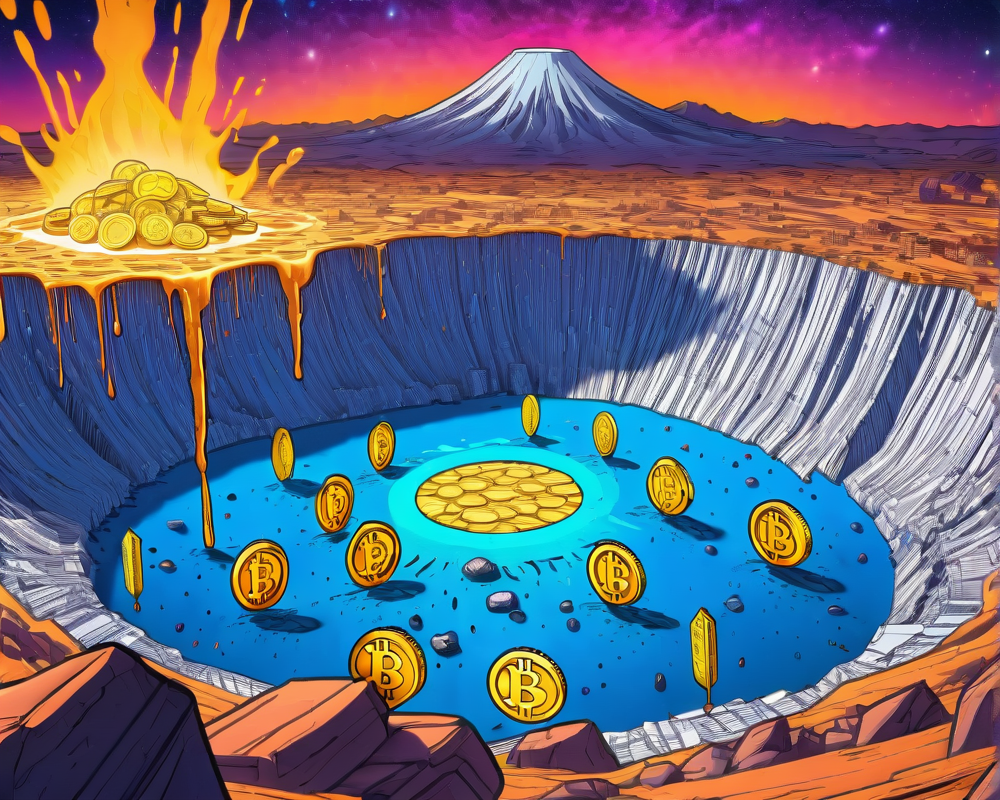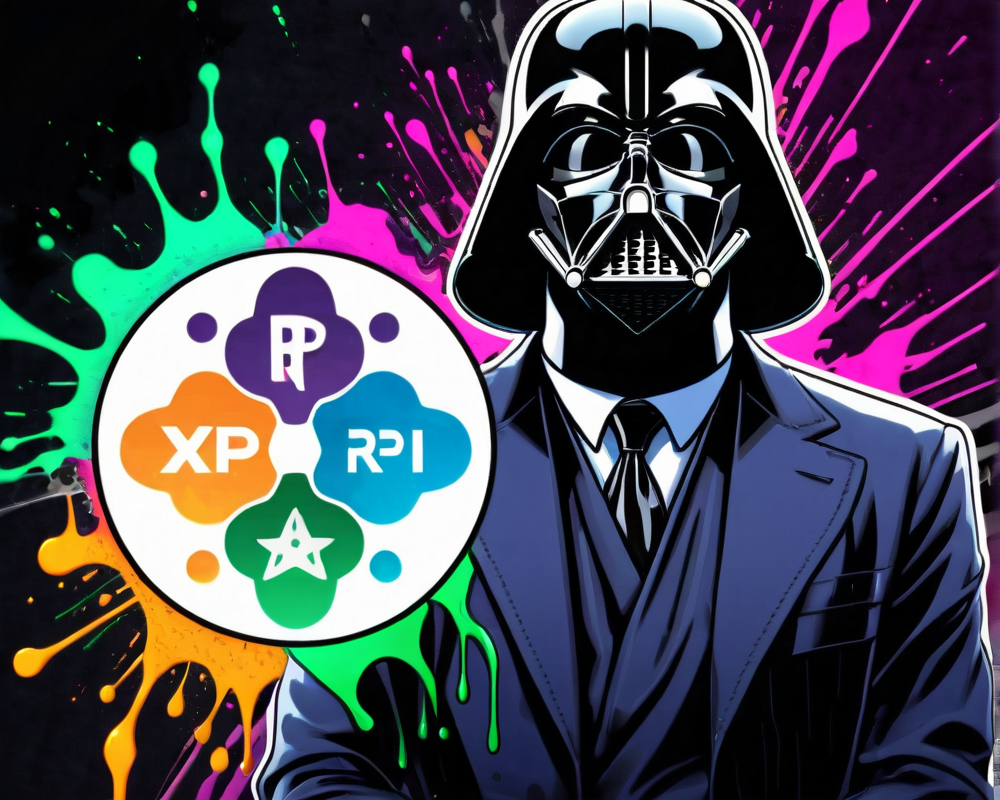The Rise and Fall of My Big Coin
Once upon a time in the wild west of cryptocurrency, Randall Crater struck gold—or so he claimed. Founded in 2013, My Big Coin was presented as a revolutionary payment platform. However, between 2014 and 2017, it turned out to be nothing more than a digital mirage that lured in unsuspecting victims.
Crater’s Conviction: The Details
On July 21, a federal jury found Crater guilty on multiple counts: four counts of wire fraud, three counts of unlawful monetary transactions, and one count of running an unlicensed money-transmitting business. The verdict drew a definitive line under a series of lies.
The Damning Evidence
Crater painted a grand picture of My Big Coin, claiming it was backed by gold and had partnerships with the likes of Mastercard. But the reality? Just smoke and mirrors. He was eventually ordered to pay over $7.6 million to the victims, funds that allegedly financed a lavish lifestyle complete with cars, antiques, and jewelry.
Reactions from the Justice Department
U.S. Attorney Rachael Rollins did not mince words: “For nearly four years, Mr. Crater perpetrated a brazen fraud scheme that preyed on investors and customers. His deceit inflicted trauma and financial hardship on 55 victims and their families who trusted him.”
The numbers did the talking, but the pain was all too personal for those affected.
The Aftermath and Crater’s Denials
Even post-conviction, Crater maintained his innocence, claiming that My Big Coin cards existed and suggested that an investor had endorsed their legitimacy. Yet, the law would have none of it. Following his 100-month prison sentence, he will be under supervised release for three years, proving you can run, but you can’t hide from justice.




